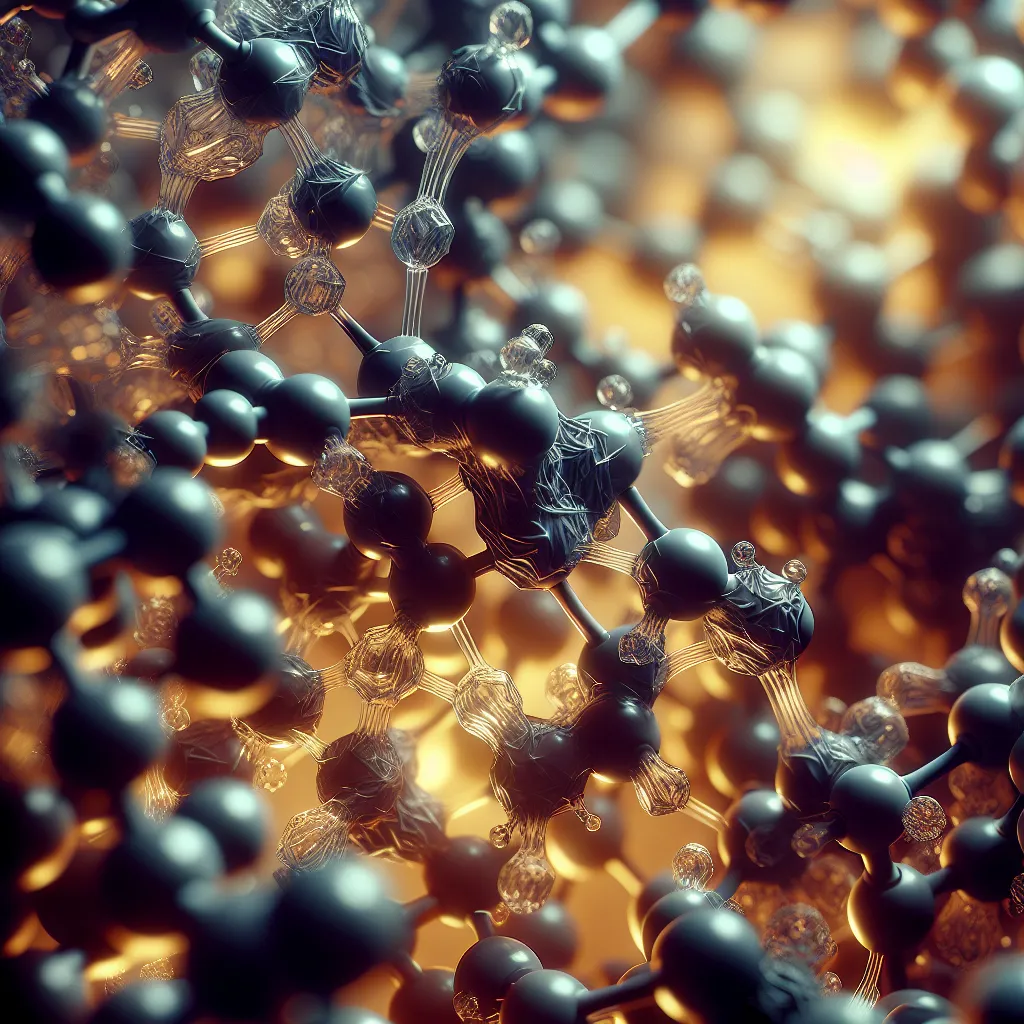The Chemistry Behind Setting Sprays
The Chemistry Behind Setting Sprays is a crucial aspect of makeup cosmetics. Setting sprays work by using film-forming polymers that create a thin layer on the skin, which helps to lock in the makeup. These polymers are usually a blend of acrylates, which form a flexible film when they dry. Additionally, setting sprays often contain solvents such as alcohol or water, which help the polymers to dry quickly and form a lasting bond with the skin. This combination of polymers and solvents is what gives setting sprays their ability to keep makeup in place for extended periods. To learn more about makeup cosmetics, you can visit the makeup cosmetics section on the Inglot Cosmetics website.
The Chemistry Behind Setting Sprays
Setting sprays are a crucial part of many people’s beauty routines, designed to keep makeup in place throughout the day. But have you ever wondered how they work on a chemical level? The key to setting sprays’ staying power lies in their formula, which typically includes film-forming polymers such as acrylates or silicones. These polymers create a thin, transparent film on the skin once the setting spray is applied, locking makeup in place and preventing smudging or fading.
Additionally, setting sprays often contain solvents that help the product evaporate quickly, leaving behind the film-forming agents to set the makeup. Some setting sprays also incorporate humectants like glycerin, which help retain moisture and prevent the makeup from appearing dry or cakey.
The interaction between these ingredients creates a protective barrier over the skin, effectively adhering the makeup to the surface and increasing its longevity. Understanding the chemistry behind setting sprays sheds light on why they are an essential tool for makeup enthusiasts and professionals alike.
The Role of Polymers in Setting Sprays
Setting sprays are a crucial final step in many people’s beauty routines, providing a protective layer over makeup to help it last longer. But have you ever wondered how these magical mists actually work? One of the key players in setting sprays is the use of polymers, which are essential in creating a film-forming barrier on the skin.
Polymers are long chains of molecules that have the ability to form a flexible film when they dry. In setting sprays, these polymers act as a binding agent, helping the makeup adhere to the skin and creating a protective layer that reduces smudging, fading, and transfer. Common polymers found in setting sprays include acrylates copolymer, PVP (polyvinylpyrrolidone), and PVP/VA (vinyl acetate) copolymer.
When the setting spray is misted onto the face, the liquid formula contains these polymers, which then evaporate, leaving behind a thin, invisible film that locks the makeup in place. This film also helps to seal in moisture and prevent the makeup from looking cakey or dry throughout the day.
Furthermore, the flexibility of these polymer films allows for natural movement of the face without cracking or flaking. This means that the makeup stays intact even during activities that may cause perspiration or oil production, keeping the overall look fresh and flawless for an extended period.
In conclusion, polymers play a crucial role in the effectiveness of setting sprays by creating a durable, flexible film that locks in makeup and enhances its longevity. When choosing a setting spray, it’s important to consider the types of polymers used in the formula to ensure the best results for your specific skin type and makeup needs.
Understanding the Function of Setting Spray Ingredients
Understanding the function of setting spray ingredients is crucial in appreciating how setting sprays work. Setting sprays typically contain a variety of key ingredients that work together to ensure makeup longevity and a fresh, polished look throughout the day. One of the essential components is film-forming polymers, such as acrylates copolymer, which create a thin film when the spray dries on the skin. This film acts as a shield, helping to hold the makeup in place and providing a barrier against environmental factors like sweat and humidity.
Additionally, setting sprays often incorporate solvents like water or alcohol, which aid in the even distribution of the film-forming polymers and help the product to dry quickly. Humectants like glycerin or butylene glycol are also commonly included to maintain skin moisture and prevent the makeup from appearing dry or cakey. Antioxidants, such as green tea extract or vitamin E, may be added to some setting sprays to help protect the skin from damage caused by free radicals.
Understanding the role of these ingredients provides insight into how setting sprays effectively work to keep makeup in place for extended periods. By forming a protective layer, assisting with quick drying, and incorporating skin-friendly components, setting sprays have become an indispensable part of many makeup routines.
Enhancing Makeup Longevity: Exploring Setting Spray Technology
Setting sprays have become an essential part of makeup routines, particularly for those seeking long-lasting results. But how exactly do these sprays work to enhance the longevity of our makeup? The technology behind setting sprays involves a combination of polymers, silicone-based compounds, and film-forming agents. These ingredients work together to create a protective layer over the skin, helping to lock in makeup and prevent smudging, fading, or caking throughout the day.
Polymers, such as acrylic resins, are commonly used in setting sprays for their film-forming properties. When the spray is applied, these polymers form a flexible and durable film over the makeup, effectively holding it in place. Silicone-based compounds contribute to the lightweight and breathable nature of the spray, ensuring that it does not feel heavy or greasy on the skin. Additionally, these compounds provide a smooth and even finish to the makeup, further aiding in its longevity.
Furthermore, setting sprays often contain humectants and emollients that help to maintain the skin’s hydration levels. By keeping the skin moisturized, these ingredients prevent the makeup from drying out and settling into fine lines or wrinkles, thus prolonging its fresh appearance. Some setting sprays may also incorporate anti-oxidants and anti-pollution agents to shield the skin from environmental stressors, ultimately contributing to the endurance of the makeup.
In conclusion, the science behind setting sprays revolves around advanced formulations that utilize a range of ingredients to enhance makeup longevity. By forming a protective barrier, maintaining hydration, and offering additional skincare benefits, setting sprays have revolutionized the way we can ensure our makeup looks flawless for extended periods, making them a must-have in any beauty arsenal.

